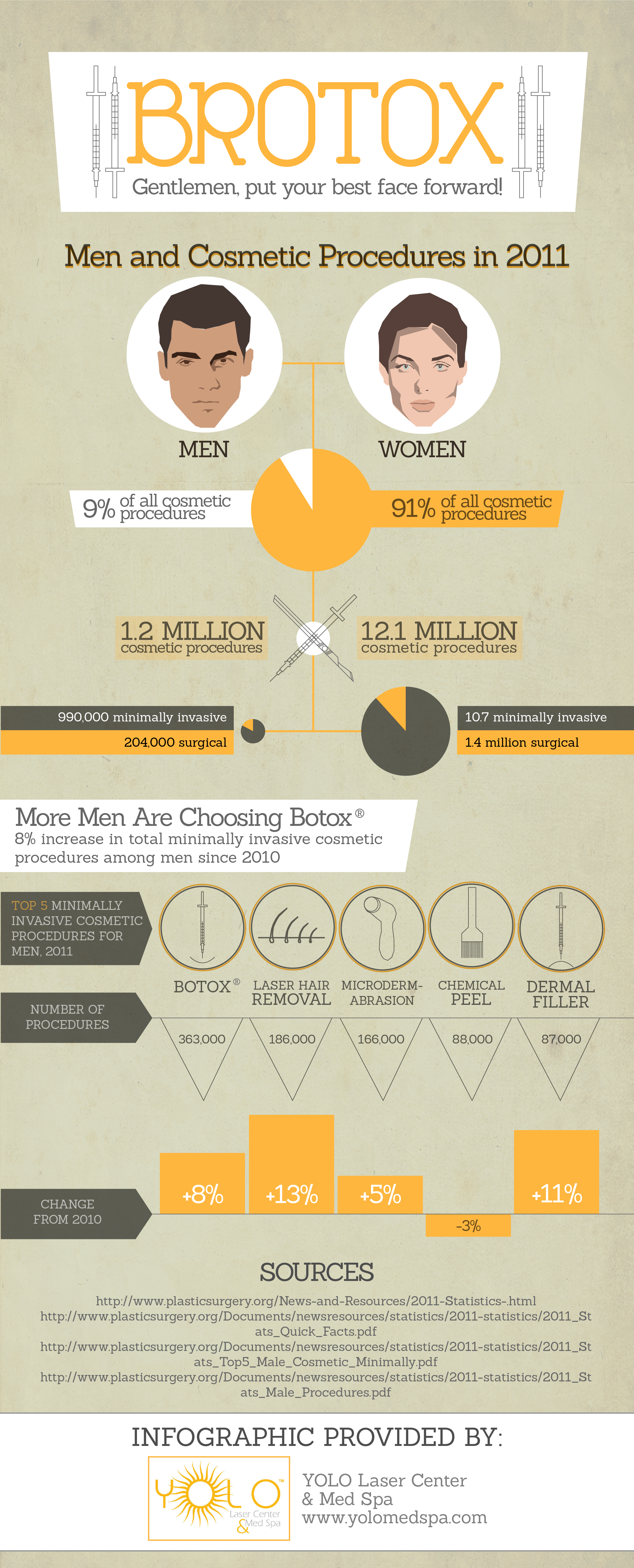Photodynamic therapy (PDT) integrates a light-sensitive medicine with unique light to eliminate cancerous and precancerous cells. Your medical professional places the medication on your skin or inside your eye and then radiates a light on the treatment location.
This mix eliminates malignant cells and spares healthy tissue. Yale Medication pulmonologist George Eapen, M.D., describes exactly how this works.
The Photosensitizer
Photodynamic therapy (PDT) makes use of a mix of light and a medication called a photosensitizer to kill cancerous or precancerous cells and extra healthy and balanced tissue. You get a shot of the photosensitizer, which is after that triggered by light in your body. The photosensitizer is taken in by both healthy and cancerous cells yet isn't hazardous up until it is activated by the light.
Light-absorbing particles, referred to as photosensitizers, are discovered in plants and animals, consisting of human beings. There are lots of photosensitizers, but most have the ability to take in a particular range of light wavelengths.
As soon as the photosensitizer is subjected to a light with a matching spooky array, it's converted from its ground state into a fired up singlet state. This allows it to transfer power to molecular oxygen, creating singlet oxygen and totally free radicals that mediate mobile toxicity.
The Light
During therapy, a special light is shined on the location where the photosensitizer was applied. This light activates the medicine and ruins cancer cells or precancerous cells that it has targeted.
The medicines that are utilized in photodynamic therapy have various absorption homes and some of them might take hours to leave typical cells but continue to be longer in cancer cells or precancer cells. This procedure allows the medical professional to target cancer cells a lot more precisely than various other kinds of treatments that utilize visible light, such as lasers or electrocautery [54]
Photodynamic treatment can treat the earliest spots of sunlight damage called actinic keratosis and can reduce skin cancer cells advancement in people at high threat for establishing the problem. It is likewise an option for some individuals with wet kind age-related macular degeneration, which is an usual reason for loss of central vision in older grownups. It can not restore the loss of vision triggered by this disease, however it can slow down the development of unusual capillary growth that creates wet AMD.
The Activation
Photodynamic treatment (PDT) utilizes a medication and light to deal with cancer and various other skin conditions. It targets precancerous cells and eliminates them. Unlike other cancer cells therapies that shed and destroy, this treatment eliminates precancerous cells while sparing healthy and balanced tissue.
The photosensitizer is supplied into the skin via topical, oral or intravenous management. It is absorbed by the lump cells and activated when subjected to light of a specific wavelength. This activates a sequence of photochemical responses that generates reactive oxygen varieties (ROS) that damage tumor cells and eliminate cancer cells.
PDT is usually made use of to treat actinic keratoses and sitting squamous cell cancer (Bowen illness). It can additionally be used to treat various other types of skin cancer cells, including shallow basic cell carcinoma. It can be utilized alone or with various other treatments, such as surgical treatment or radiation. It can even diminish lumps in the lungs, allowing surgical treatment or various other treatment to be risk-free and effective.
The Treatment
PDT functions finest in tiny unusual locations of tissue that a source of light can reach, such as the skin, eyes, mouth or food pipeline (oesophagus) and lungs. It is additionally used to deal with precancerous growths, such as actinic keratoses, which are sun-damaged cells that can botox for migraines develop into cancer.
Medical professionals administer the photosensitizer as a lotion or injection, and after that beam a light on the treatment location. The light ruins the uncommon cells. While healthy cells soak up the photosensitizer, it remains much longer in cancerous cells.
After the treatment, your body naturally disposes of the dead cells. Individuals with lung cancer might experience coughing up blood or have a bronchoscopy to remove the lungs of the dead tissue. Sometimes, your doctors might use a bronchoscopy to eliminate the photosensitizer from the lungs too if it triggers significant signs. It is necessary to stay inside and use sun block when you go outside while the photosensitizer is in your system.
